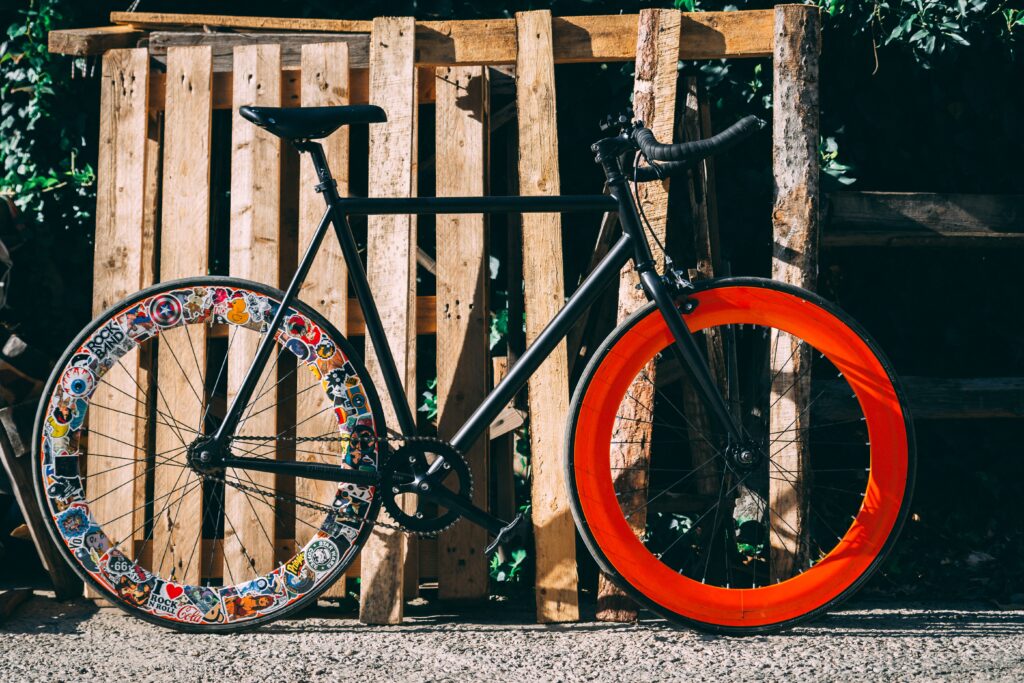The first bicycles were brought to Africa by Europeans in the late 1800s, beginning the continent’s bicycle history. It is well known that European explorers, conquerors, and missionaries brought bicycles to Africa as a mode of transportation and communication.
As a missionary in Uganda, Rev. Robert Ashe brought the first bicycle into the continent in 1891. The bicycle was a Raleigh model that was brought in from England. Africans began using bicycles for transportation, trade, and recreation as they grew more common and more affordable.
A pioneering missionary in Uganda, a country in Africa was named Robert Pickering Ashe. He initially arrived in the 1880s from England as a Church Missionary Society (CMS) missionary. According to Dr. Albert Cook, the founder of Mengo Hospital, his bicycle was the first imported into the nation. He got there in 1899.
In his book, Uganda Memories, Dr. Cook describes how, in order to travel between Mengo and Entebbe, then the country’s administrative capital, as well as to Jinja in eastern Uganda, Fort Portal in western Uganda, Gulu in northern Uganda, and the West Nile region to treat patients, he used to borrow Rev. Ashe’s bicycle. As a missionary physician, Dr. Cook first arrived in Uganda in February 1897.

The moniker “Ecuma kya Ashe” or “Iron of Ashe” was given to Rev. Ashe’s bicycle since at first, nobody knew what it was other than that it was a metallic, two-wheeled vehicle. Ashe responded with “Iron donkey” when asked what the object with the iron wheels was, and the term stuck. The first Ugandans who encountered the “Iron donkey” found it to be a terrifying experience.
Ugandans were alarmed by Ashe’s “Iron Donkey”. In today’s world, No Ugandan can be frightened by a bicycle today. Even when cyclists loudly ring their bell, some people stubbornly refuse to yield to them. But when Ugandans first saw Rev. Ashe on a bicycle in 1891, they were horrified. And frequently, they fled. Today, bicycles are a common mode of transportation for millions of people throughout much of Africa.
Atop a country route in the Buganda Kingdom, the sight of a white guy seated atop a “two-wheeled object” was too frightful and ducked into the undergrowth to make way for the two-wheeled vehicle pulling a white man.
Rev. Ashe telling fleeing men, women, and children that they would not always come in vain was a sight to behold. In his book Uganda Memories, Dr. Cook noted that Rev. Ashe refrained from striking the bell whenever he came across large throngs of people, such as those at the market, in order to prevent a stampede.
Bicycle Benefits In Africa

In rural Africa, bicycles are fast replacing other forms of mobility. Local non-profit organizations are attempting to make bicycles more accessible and inexpensive as more people rely on them to get to jobs, social services, and clean water.
- In places with little or no public transportation, bicycles can be a convenient and economical mode of transportation. They can cut down on travel time and expenses while assisting people in getting to schools, markets, and healthcare facilities.
- Girls in particular can benefit from bicycles since they can use them as a mode of transportation to get to schools that may be far from their homes. Children may attend school more frequently and for a longer period of time thanks to this.
- Cycling has been related to enhanced cognitive function and academic success when done regularly. Cycling to school may help students arrive more awake and better able to concentrate in class.
- By making it simpler for students to attend class consistently and stay in school longer, bicycles can help lower dropout rates.

- Cycling is a fantastic kind of exercise that may develop muscles, enhance general fitness, and improve cardiovascular health. Additionally, regular cycling can lower your risk of developing diabetes, obesity, and other chronic illnesses.
- Bicycles can be used to transport goods to marketplaces, distribute packages, and engage in other lucrative activities. Additionally, they can be used to reach farther-off job opportunities.
- Since they don’t emit gases that worsen air pollution or contribute to climate change, bicycles are a green way to get around.
- Because they enable people to travel farther and interact with others, bicycles can aid in the development of social networks. They may also be employed to advance social goals, such as spreading knowledge about environmental or medical problems.
- Cycling can be a cost-effective means of transportation, especially for families who might not be able to pay the costs of private vehicles or public transportation. This can ease the financial strain on families and free them up to spend more on their children’s education.
- By allowing parents, teachers, and members of the community to participate in school activities and events, bicycles can be used to encourage community involvement in education.
Summary
Cycling is not a step behind for those who use it as a mode of transportation in Africa, but rather a step forward. The two wealthiest cities in the world, Copenhagen and Amsterdam, also have the greatest rates of urban cycling. Bicycle transportation is simply the least expensive and most practical option; it has neither “loser” nor “elite” status.

